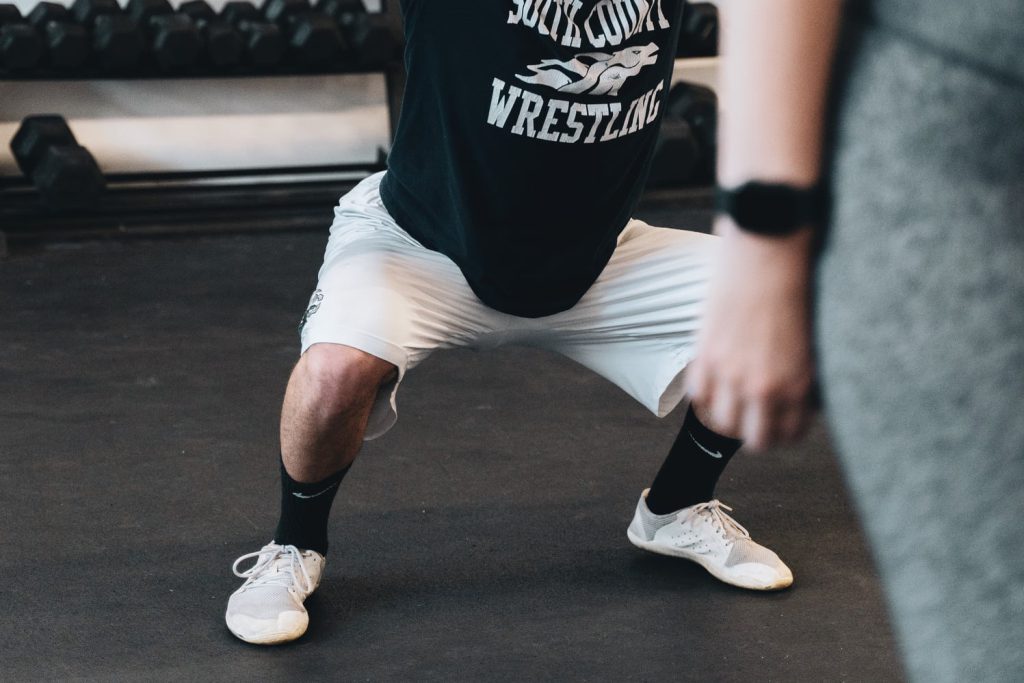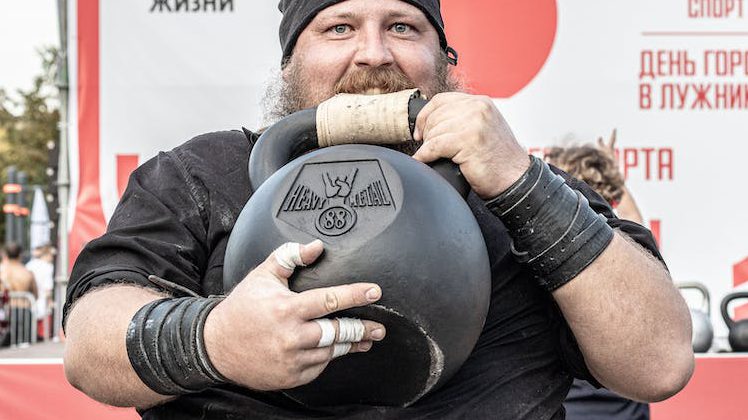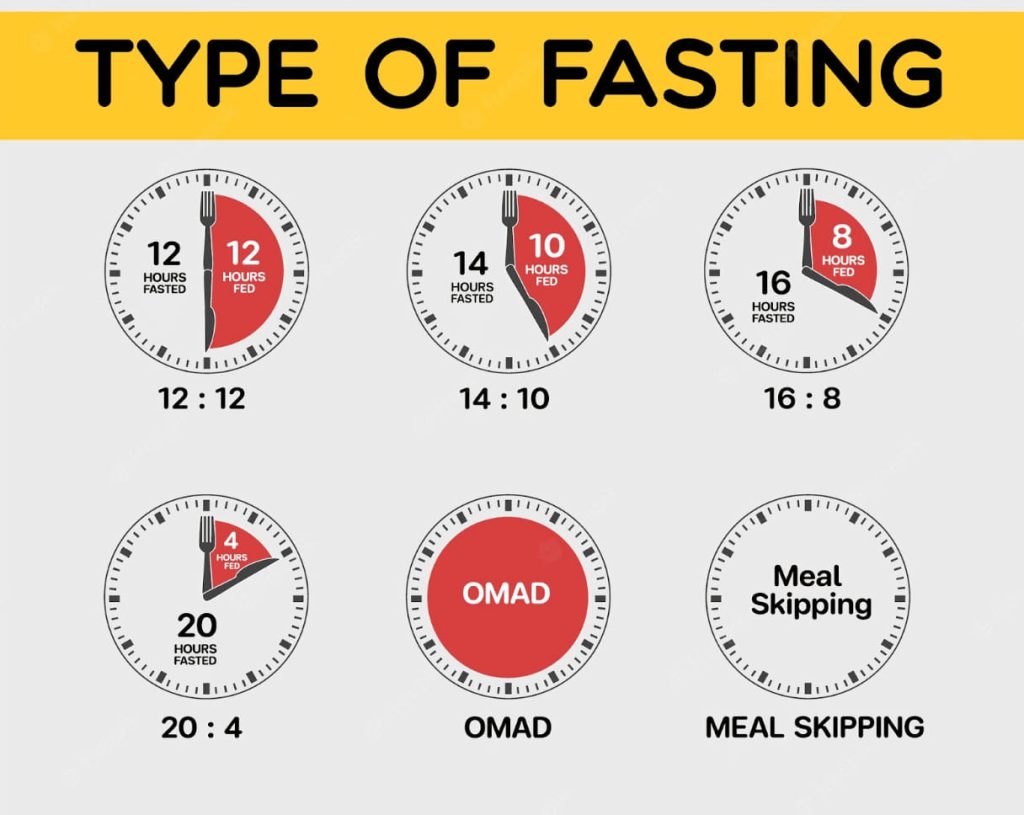In the world of fitness, there are countless exercises and training methods that claim to deliver exceptional results. However, sometimes the simplest exercises can provide the most profound benefits. One such exercise that often goes overlooked is hanging from a bar. Whether it’s a dead hang or a pull-up, this exercise offers a wide range of advantages for both beginners and advanced athletes. In this comprehensive guide, we’ll explore the benefits of hanging and pull-ups, compare the two exercises, and discuss the benefits of incorporating both into your fitness routine.

Understanding Hanging and Pull-Ups
The Basics of Hanging
Hanging, also known as a dead hang, is a fundamental bodyweight exercise that involves suspending your body from an overhead bar. It is a static exercise where you hold onto the bar with your arms fully extended and let your body hang freely. This simple yet effective exercise targets a multitude of muscles in the upper body, including the forearms, shoulders, back, and core.
The Power of Pull-Ups
Pull-ups, on the other hand, take hanging to the next level. This dynamic exercise requires you to pull your body up towards the bar by engaging your back, arms, and shoulders. Pull-ups are considered one of the most challenging upper body exercises, as they require significant strength and control. They primarily target the latissimus dorsi, or lats, along with the biceps, shoulders, and core.
Benefits of Hanging
Spinal Decompression and Posture Improvement
One of the key benefits of hanging is its ability to decompress the spine. Hanging allows your body to elongate and create space between the vertebrae, relieving pressure and tension in the back. This can provide relief from back pain and promote better posture by correcting imbalances caused by prolonged sitting or poor alignment.
Enhanced Grip Strength
Hanging exercises, whether it’s a dead hang or a pull-up, are excellent for developing grip strength. When you hang from a bar, you are essentially supporting your entire body weight using your grip strength. This not only strengthens the muscles of your hands and forearms but also improves your overall grip endurance, allowing you to excel in various activities that require a strong grip.
Shoulder Mobility and Stability
Hanging exercises are particularly beneficial for improving shoulder mobility and stability. When you hang, your shoulders are fully extended, allowing for a greater range of motion. This can help alleviate tightness and tension in the shoulder joint, reducing the risk of injuries and improving overall shoulder health. Additionally, hanging engages the stabilizer muscles in the shoulders, promoting better stability and balance.
Upper Body Strength and Muscle Development
Hanging from a bar engages a wide range of muscles in the upper body, making it an effective exercise for building strength and muscle. The primary muscles targeted during hanging include the lats, biceps, shoulders, and core. As you progress to more advanced hanging variations, such as pull-ups, you’ll continue to challenge and develop these muscle groups, leading to increased strength and muscle definition.
Improved Shoulder Health and Injury Prevention
Hanging exercises can play a crucial role in shoulder health and injury prevention. By strengthening the muscles surrounding the shoulder joint, such as the rotator cuff muscles, you can improve joint stability and reduce the risk of common shoulder injuries. Additionally, hanging helps to correct imbalances in the shoulder girdle, promoting better overall shoulder function and reducing the likelihood of overuse injuries.
Benefits of Pull-Ups
Increased Upper Body Strength
One of the primary benefits of pull-ups is their ability to build upper body strength. As a compound exercise that targets multiple muscle groups simultaneously, pull-ups effectively engage the back, arms, shoulders, and core. Regularly incorporating pull-ups into your workout routine can lead to significant improvements in upper body strength and overall functional fitness.
Functional Movement and Real-World Application
Pull-ups are a functional exercise that mimics movements we encounter in our daily lives. Whether it’s pulling yourself up over a wall or lifting heavy objects, the strength and coordination gained from pull-ups translate directly into real-world activities. By mastering the pull-up, you’ll enhance your ability to perform a wide range of tasks that require upper body strength and pulling power.
Core Activation and Stability
Pull-ups are not just an upper body exercise; they also engage the core muscles. As you pull your body up towards the bar, your core muscles, including the rectus abdominis and obliques, work to stabilize your body and maintain proper form. This constant engagement of the core muscles during pull-ups not only strengthens your midsection but also improves overall stability and balance.
Progression and Variations
Pull-ups offer a wide range of progression and variation options, allowing you to continuously challenge yourself and progress in your fitness journey. Whether it’s increasing the number of reps, adding weight, or trying different grip variations, there are endless ways to make pull-ups more challenging and keep your workouts exciting. This versatility makes pull-ups suitable for individuals of all fitness levels, from beginners to advanced athletes.
Benefits of Combining Hanging and Pull-Ups
Comprehensive Upper Body Development
By combining hanging exercises with pull-ups, you can achieve comprehensive upper-body development. Hanging exercises target a broader range of muscles, including the forearms, shoulders, and upper back, while pull-ups primarily focus on the lats, biceps, and core. By incorporating both exercises into your routine, you can ensure balanced muscle development and maximize your overall upper body strength and aesthetics.
Increased Flexibility and Range of Motion
Regularly performing hanging exercises, such as dead hangs, can improve flexibility and range of motion in the shoulders and upper back. The static stretch provided by hanging elongates the muscles and connective tissues, promoting greater flexibility and mobility. This increased range of motion can enhance performance in various exercises and reduce the risk of injuries caused by restricted movement.
Enhanced Muscular Endurance
Combining hanging exercises with pull-ups can significantly improve muscular endurance in the upper body. Hanging exercises, with their emphasis on grip strength and static holds, help build endurance in the forearms, shoulders, and back muscles. Adding pull-ups to your routine further challenges these muscles, pushing them to endure longer and perform more repetitions. Over time, this increased muscular endurance will allow you to perform other exercises and activities with greater stamina and efficiency.
Versatility and Adaptability
The combination of hanging exercises and pull-ups provides a versatile and adaptable training approach. Both exercises can be modified and progressed to suit individual fitness levels and goals. Whether you’re a beginner starting with assisted pull-ups or an advanced athlete performing weighted pull-ups, the combination of hanging and pull-ups allows for continuous progression and adaptation, ensuring ongoing challenge and growth.
How to Incorporate Hanging and Pull-Ups into Your Routine
Getting Started: Hanging
To incorporate hanging exercises into your routine, start with the basics:
- Find a sturdy overhead bar or pull-up bar. If you’re at a gym, you can use a pull-up bar or a set of gymnastics rings.
- Stand underneath the bar and reach up to grab it with an overhand grip, hands slightly wider than shoulder-width apart.
- Lift your feet off the ground and let your body hang freely. Keep your arms fully extended and maintain a relaxed posture.
- Hold the hang for a set amount of time, gradually increasing the duration as your strength improves.
- Aim to perform multiple sets of dead hangs, with adequate rest between sets.
Progressing to Pull-Ups
Once you’ve developed sufficient strength and grip endurance from hanging exercises, you can progress to pull-ups. Here’s how:
- Start with assisted pull-ups using resistance bands or an assisted pull-up machine.
- Gradually decrease the assistance provided by the bands or machine as your strength improves.
- As you become more proficient, experiment with different grip variations, such as wide grip, narrow grip, or neutral grip (palms facing each other).
- Once you can perform unassisted pull-ups, focus on increasing the number of repetitions or adding additional weight using a weight belt or weighted vest.
Frequently Asked Questions
Can anyone do hanging exercises and pull-ups?
Hanging exercises and pull-ups can be performed by individuals of all fitness levels. Beginners can start with dead hangs and assisted pull-ups, gradually progressing to unassisted pull-ups as strength improves. It’s important to listen to your body, start with proper form, and consult a fitness professional if you have any specific concerns or limitations.
How often should I incorporate hanging exercises and pull-ups into my routine?
The frequency of hanging exercises and pull-ups will depend on your individual goals and overall training program. Generally, it’s recommended to include them at least 2-3 times per week to allow for proper muscle recovery and adaptation. However, the specific frequency and volume can be adjusted based on your fitness level, recovery abilities, and other training considerations.
Can I do hanging exercises and pull-ups if I have shoulder or back issues?
If you have pre-existing shoulder or back issues, it’s important to consult with a healthcare professional or qualified fitness trainer before incorporating hanging exercises or pull-ups into your routine. They can provide personalized guidance and modifications to ensure that you perform the exercises safely and avoid exacerbating any existing conditions.
Conclusion
Hanging exercises and pull-ups offer a multitude of benefits for individuals looking to enhance their upper body strength, improve posture, and increase overall fitness. Whether you choose to focus on hanging exercises like dead hangs or progress to the more challenging pull-ups, incorporating both into your routine can provide a well-rounded upper-body workout. By understanding the benefits of each exercise and combining them strategically, you can maximize your results and achieve a stronger, more functional physique. So, grab a bar and start hanging your way to a stronger, healthier you!


